Image credit:
A Map of Our Planet from the Our Planet: The One Place We All Call Home children’s book. Illustrated by Richard Jones. Reprinted by permission of HarperCollins Publishers Ltd. © Matt Whyman 2023. Get the book Our Planet: The One Place We All Call Home.
Polar Zone
Action Challenge
15+ minutes / Inside and outside
A fun, physical game where you will designate two areas in your space as “Arctic” and “Antarctic”. Pupils will move to the correct pole area in different polar-inspired ways.
Learning outcome: Pupils will develop movement skills by completing dynamic movement challenges in a fast-paced, imaginative game environment. They will practice jumping, running , balancing and whilst developing spatial awareness, agility and co-ordination.
HBN FAQ Slice
Instructions
- Introduce the activity to pupils by showing them the map (either digital or physical poster) and pointing out the polar regions.
- Share that as a class you’re going to play a game called ‘Polar Zone’.
- Assign one side of the room as the ‘Arctic’ and one side to be ‘Antarctic’.
Introduce the following movements which pupils will need to pick from as they move between regions during the game (write these on a whiteboard if possible):
Snow crawl: Crawl under a low obstacle (e.g., a rope or row of chairs) to simulate moving under ice.
Penguin waddle: Hop or walk with feet together.
Polar Bear Balance: Walk across a narrow beam or line without falling off.
Ice step: Jump from one spot to another (like stepping on ice floes).
Sled pull: Carry an object across the space (could use a mat or something in the space – safety first).
Stormy sprint: Storms-a-brewing at one of the poles – pupils should sprint to the other pole!
- Call out the following questions and pupils must move to the regions using one of the movements to get from one pole to the other:
- Which polar region has penguins? (Answer; Antarctic)
- Which polar region has polar bears? (Answer; Arctic)
- Which polar region has more people? (Answer; Arctic)
- Which polar region is coldest? (Answer; Antarctic)
- Which polar region has walruses? (Answer; Arctic)
Adaptations
- Provide pupils with a choice of fewer or easier movements, slow down the movement, or try seated/quiet movement options.
- Allow more processing time.
- Make the questions easier if needed.
Extensions
- Pupils can create their own movements or version of the game, and share with others.
- Complete in PE/the classroom as is feasible.
- Polar storytelling – share something learnt about the polar regions with others.
Polar Exploration Planning
Creative Challenge
10+ minutes / Inside
Plan an expedition to the Antarctic to see the penguins with your class! How would you get there? What would you need for your expedition?
Learning outcome: Pupils will learn about living and navigating in different environments by simulating an Antarctic expedition. They will research and evaluate information, while developing planning, teamwork and communication skills.
Instructions
- Introduce the activity to pupils by showing them the map (either digital or physical poster, available in the Happy By Nature schools pack and pointing out the polar regions.
- Ask pupils to imagine they are a scientist, planning a trip to Antarctica.
- Think about the following questions to plan your trip:
- How would you get there? What is the route? (Use the map to help – perhaps mark where you’d stop with stickers!)
- What would you pack? (E.g. sleeping bag, warm clothes, sturdy boots)
- What tools or equipment do you need to complete experiments or observe animals when you get there? (e.g. notebooks, laptop, camera)
- How would you get there? What is the route? (Use the map to help – perhaps mark where you’d stop with stickers!)
- Reinforce knowledge that Antarctica is protected – when on expedition it’s important we leave no trace behind of our presence, just like when we’re in nature nearer to home.
Adaptations
- Give prompts and options – “Shall we get the train?” “Would this work? Why not?”
- Verbal activity if writing is a challenge.
- Complete in pairs or small groups.
- Different groups plan different parts of the journey.
Extensions
- Penguin Post Office: “You’ve just arrived at Port Lockroy and have seen your first penguin colony!” Design and write a postcard to someone at home about your trip. Take a picture of the postcards and send to WWF at: happybynature@wwf.org.uk.
- Practice research skills: find out more about polar regions and species e.g. penguins, whales.
- Prepare a news report about your trip.
- Build out into STEM challenge related to current learning e.g. ice melting, weather and seasons.
Browse activities
-
Pillar: Exploring
 © naturepl.com / Tim Laman / WWF
© naturepl.com / Tim Laman / WWFExplore the forest of Borneo
-
Pillar: Exploring
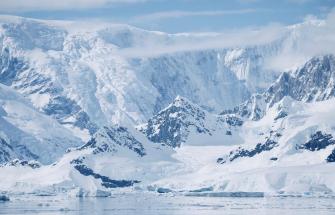 © Chris Johnson / WWF-Aus
© Chris Johnson / WWF-AusExplore the polar regions
-
Pillar: Caring
 © Luis Barreto / WWF-UK
© Luis Barreto / WWF-UKListen to the Amazon rainforest
-
Pillar: Caring
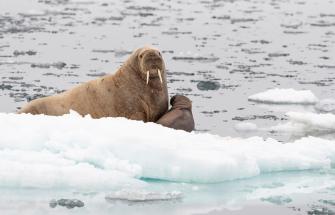 © Richard Barrett / WWF-UK
© Richard Barrett / WWF-UKWalrus from space - activity for schools
-
Pillar: Communicating
 © Andy Rouse / naturepl.com / WWF
© Andy Rouse / naturepl.com / WWFForest inspired art
-
Pillar: Communicating
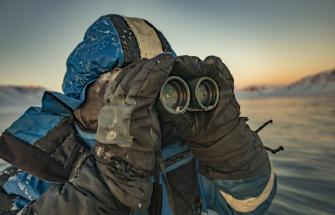 © James Morgan / WWF-UK
© James Morgan / WWF-UKPolar storytelling
-
Pillar: Reflecting
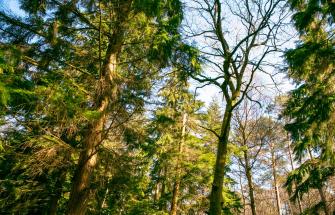 © Forestry England
© Forestry EnglandForest reflections with poetry
-
Pillar: Reflecting
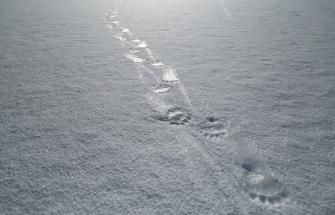 © WWF / Clive Tesar
© WWF / Clive TesarPolar Perspectives
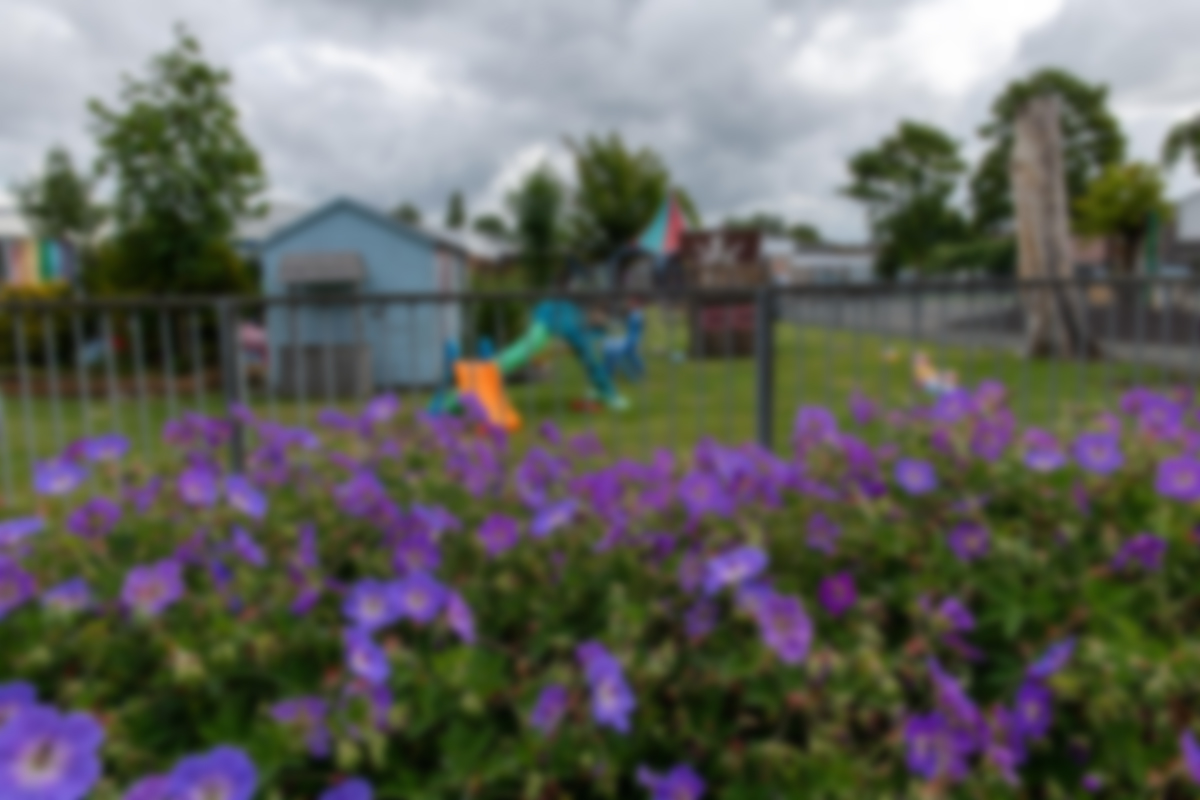
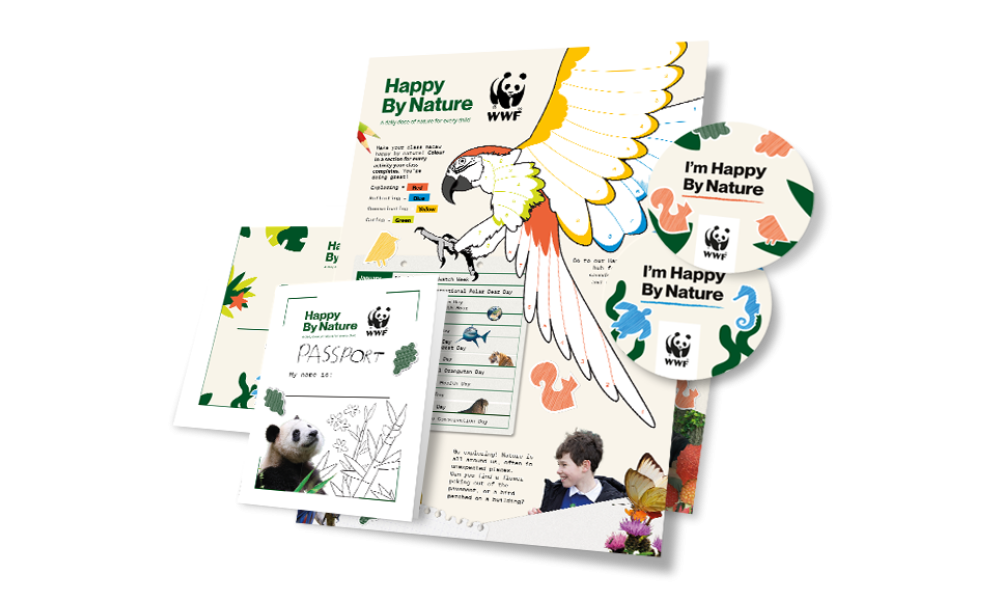
Get your FREE classroom pack
Get your FREE classroom pack
Bring nature into your classroom with a free pack of engaging primary resources to support learning and track progress. Includes a vibrant poster, pupil passports, stickers, and panda pawprint stamps.


